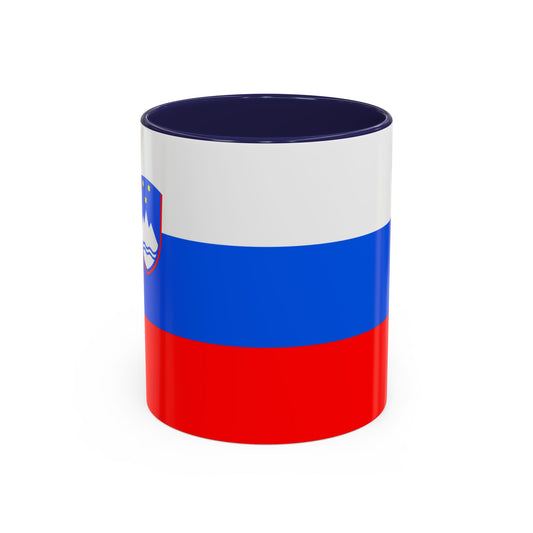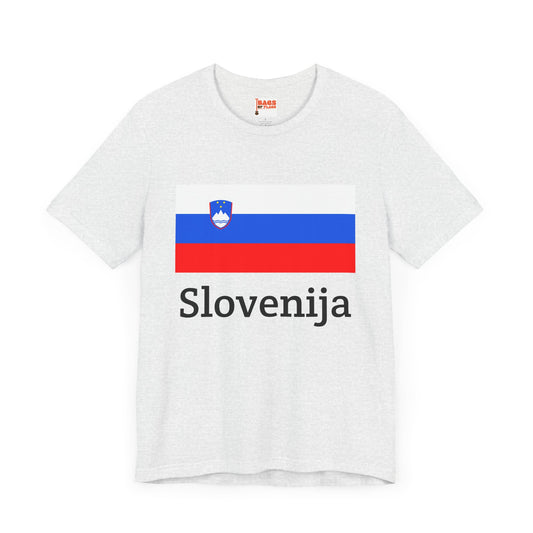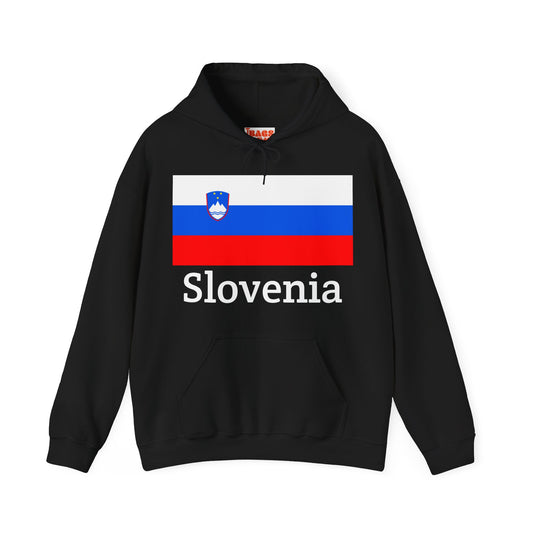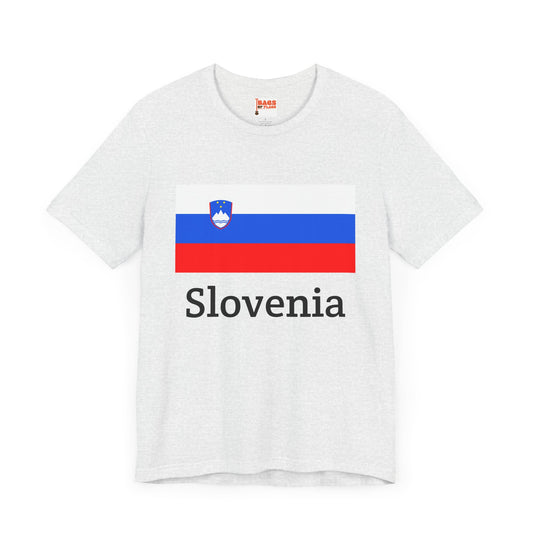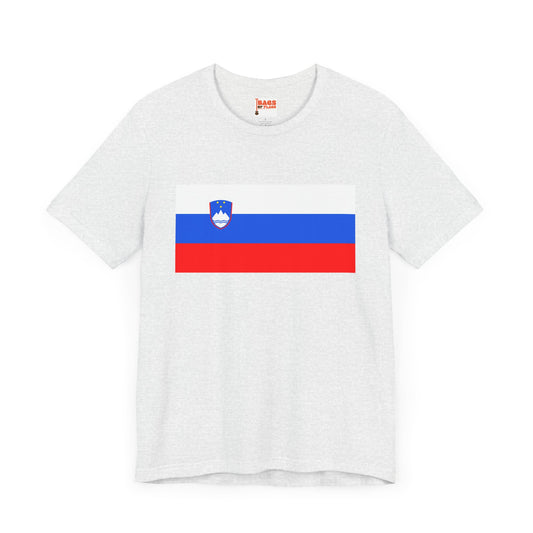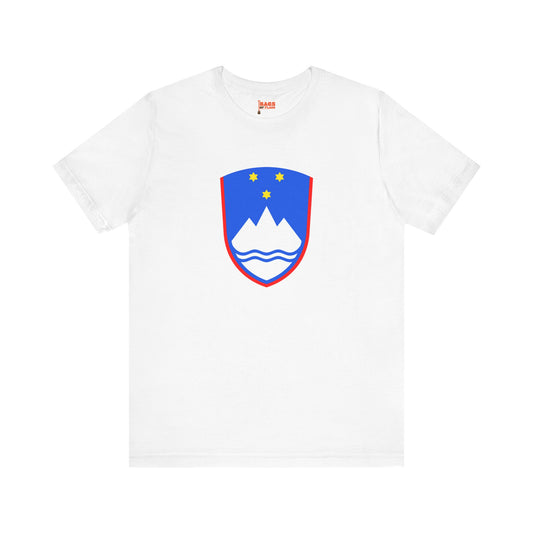-
Slovenija Sweatshirt
Regular price $34.15 USDRegular priceUnit price / per -
Slovenia Sweatshirt
Regular price $34.15 USDRegular priceUnit price / per -
Slovenia Flag Sweatshirt
Regular price $34.15 USDRegular priceUnit price / per -
Slovenia Coat of Arms Sweatshirt
Regular price $34.15 USDRegular priceUnit price / per -
Slovenia Pillow
Regular price $22.65 USDRegular priceUnit price / per -
Slovenia Backpack
Regular price $59.79 USDRegular priceUnit price / per -
Slovenia Leather Patch Hat
Regular price $18.85 USDRegular priceUnit price / per -
Slovenia Mug
Regular price $11.65 USDRegular priceUnit price / per -
Slovenia Trucker Cap
Regular price $14.90 USDRegular priceUnit price / per -
Slovenija Hoodies
Regular price $34.40 USDRegular priceUnit price / per -
Slovenija T-shirts
Regular price $22.79 USDRegular priceUnit price / per -
Slovenia Hoodies
Regular price $34.40 USDRegular priceUnit price / per -
Slovenia T-shirts
Regular price $22.79 USDRegular priceUnit price / per -
Slovenia Flag Hoodies
Regular price $34.40 USDRegular priceUnit price / per -
Slovenia Flag on T-shirt
Regular price $22.79 USDRegular priceUnit price / per -
Slovenia Coat of Arms Hoodies
Regular price $34.40 USDRegular priceUnit price / per -
Slovenia Coat of Arms Inspired T-shirt
Regular price $22.79 USDRegular priceUnit price / per
Collection: Slovenia
The Slovenia flag is a symbol of national pride and unity, representing the rich history and culture of the country. We will delve into the design, historical context, symbolism, current relevance, and additional facts about the Slovenia flag.
Overview of the Slovenia Flag Design and Colors

The Slovenia flag showcases a trio of horizontal stripes - white, blue, and red at the bottom. Each stripe is of equal height, contributing to a harmonious visual balance. A distinctive feature of this tricolor scheme is the national coat of arms positioned at the upper hoist-side, near the flagpole. This emblem is not merely decorative but carries profound meaning, including the depiction of Mount Triglav, Slovenia's tallest mountain, prominently displayed against a blue sky, encircled by two wavy blue lines symbolizing the country's commitment to its rivers and the Adriatic Sea, and underneath, three six-pointed stars arranged in an inverted triangle formation, borrowed from the Counts of Celje, a historic Slovenian dynastic house.
The colors themselves—white, blue, and red—are emblematic, drawn from the Slavic palette. They articulate a sense of shared heritage and identity while imbuing the flag with its unique national symbolism. This design elegantly encapsulates Slovenia's natural beauty, historical resilience, and sovereign aspirations, making the flag a vivid emblem of the nation's identity and values.
Historical Context of the Slovenia Flag
Adopted on June 24, 1991, amidst an emotional wave of national liberation movements that swept across Eastern Europe, the Slovenia flag marked a pivotal moment in the country's history. This adoption occurred after Slovenia declared independence from Yugoslavia, a move that was both a declaration of national identity and a step towards sovereignty. The choice of the Pan-Slavic colors for the flag underscores Slovenia's cultural and historical connections to the broader Slavic community while simultaneously forging a distinct national identity.
The period leading up to and following the flag's adoption was marked by significant events, including a 10-day war for independence, further cemented the flag's role as a symbol of resilience and unity. This context of change, struggle, and eventual triumph has deeply influenced the national consciousness, embedding the flag within the collective memory of the Slovenian people as a testament to their journey toward independence.
Symbolism Behind the Slovenia Flag

The flag of Slovenia is imbued with a rich tapestry of symbols that convey the essence and values of the nation. The tricolor scheme of white, blue, and red resonates with the Slavic heritage, linking Slovenia to the broader Slavic community while emphasizing its unique identity. White heralds the nation's desire for peace and evokes the image of Slovenia's snow-covered peaks, embodying purity and a connection to the natural world. Blue, a calming hue, reflects the clear skies above Slovenia and the life-giving waters of its rivers, highlighting the country's dedication to preserving its natural beauty and resources. Red, vibrant, and bold signals the courage, the bloodshed, and the indomitable spirit of the Slovenian people throughout their history, particularly during their quest for independence.
The national coat of arms is central to the flag, a potent emblem of Slovenia's sovereignty and heritage. The image of Mount Triglav, the highest peak, stands as a unifying symbol, representing the resilience and solidarity of the Slovenian populace. The two wavy blue lines beneath the mountain signify Slovenia's connection to its aquatic treasures and the Adriatic Sea, reinforcing its ties to nature and geographic positioning. The three six-pointed stars, drawn from the Counts of Celje, herald a legacy of autonomy and nobility, emphasizing Slovenia's historical depth and cultural pride. Together, these elements weave a narrative of independence, unity, and reverence for the land and its history, encapsulating the spirit and aspirations of the Slovenian people.
Current Relevance of the Slovenia Flag
Today, the Slovenia flag plays a pivotal role in the nation's public life and identity. It is prominently featured in a wide array of settings, from state functions and international sports competitions to local community events, symbolizing the country's sovereignty and the unity of its people. The flag's presence at military ceremonies underscores its significance as a national pride and history marker. Beyond its ceremonial use, the flag is a common sight in everyday life, flown from public buildings, private residences, and during national holidays, reinforcing its role as a constant reminder of the nation’s heritage and values.
Despite occasional debates over its historical and cultural associations, the flag remains a unifying symbol for Slovenians. Its imagery and colors are deeply ingrained in the national consciousness, embodying the resilience, beauty, and spirit of Slovenia and its people. As such, it inspires and evokes a sense of belonging and pride across generations, maintaining its relevance in modern Slovenian society.
Additional Facts About the Slovenia Flag
When it comes to displaying the Slovenia flag, there are established guidelines designed to preserve the dignity and respect it commands. These rules stipulate that the flag should always be treated with the utmost respect, including ensuring it never makes contact with the ground. Additionally, when raising or lowering the flag, it should be done with deliberate care and reverence, highlighting its significance as a national symbol.
In the realm of interesting tidbits about the Slovenia flag, a notable aspect concerns the specific shade of blue used in its design. Initially, there was a proposal for a much darker blue. However, the decision to opt for a lighter shade was intentional, aiming to more accurately reflect the serene and clear skies that stretch above Slovenia, as well as the purity of its waters. This choice underscores the flag's role in symbolizing the natural beauty and serene environment that Slovenia is renowned for.
Moreover, while the flag's design and colors are imbued with deep symbolism and national pride, there's also a practical consideration to its creation. The dimensions and proportions of the stripes, along with the placement of the coat of arms, have been carefully thought out to ensure the flag is distinguishable and maintains its symbolic integrity, even from a distance. This blend of practicality and symbolism makes the Slovenia flag a compelling study in national identity and pride.
















